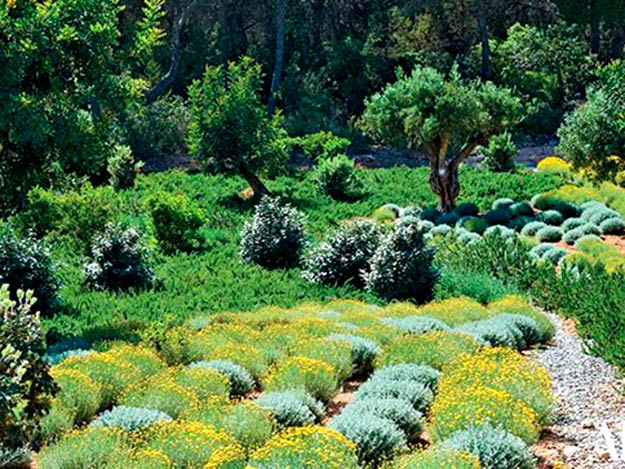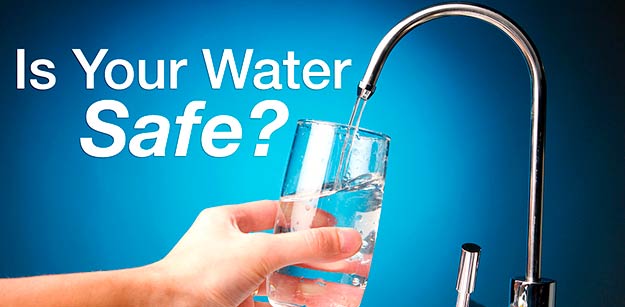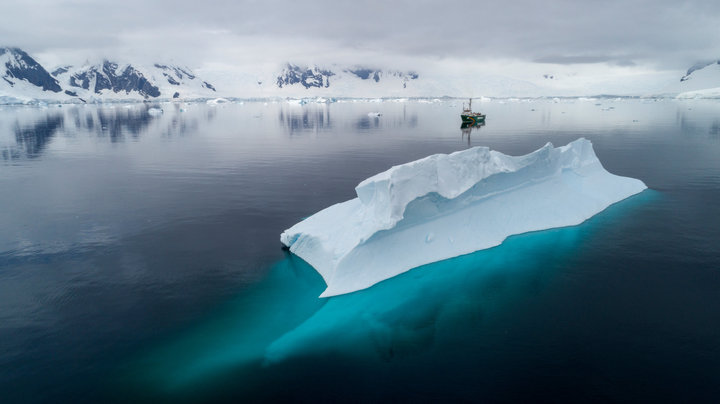Before I started writing this article, I didn’t spend much time thinking about water. I knew that drinking water is a good thing, and drinking activated charcoal water can be a bad thing. But if you asked me the difference is between mineral water and regular water? I had no clue.
It’s pretty obvious that mineral water is, well, water with minerals, but what minerals? Doesn’t all water have minerals? I wanted a concrete definition — I’m talking Scripps National Spelling Bee level, people.
It turns out, some people do know what mineral water is. Those people are the FDA, which actually regulates bottled water. They say that natural mineral waters must contain at least 250 parts per million (ppm) “total dissolved solids,” originating from “a geologically and physically protected underground water source.” In other words, mineral waters have to come out of the earth that way. Read more






